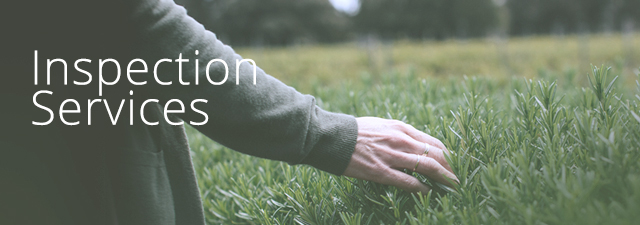Algoma Public Health
Cook your turkey safely
On this page:
- Thawing your turkey
- Cooking temperature for stuffing
- Refrigerate food promptly
- Don't cross contaminate
- Wash hands and surfaces
- Cook to proper temperature
When you bring a turkey home refrigerate or freeze it immediately. Refrigerated turkey should be used within two to three days. Frozen turkey can be thawed in the refrigerator.
Refrigerator thawing times for whole turkey
- 8-12 lbs 1-2 days
- 12-16 lbs 2-3 days
- 16-20 lbs 3-4 days
Drippings produced during thawing should be considered contaminated. Surfaces the drippings have touched should be thoroughly cleaned with soapy water and then disinfected with diluted household bleach. Be sure to wash hands well and often when handling the turkey. Avoid cross-contamination of other foods by keeping your utensils, counter tops and cutting boards clean.
Stuffing is a great place for bacteria to grow because it is moist and tends to heat and cool slowly. It is better to cook the stuffing separately, preferably in an oven dish or on top of the stove. Stuffing should achieve a minimal internal temperature of 74°C (165°F). If you do cook stuffing inside the turkey, remove it immediately after cooking.
The golden rules to keep your holiday food safe
- Bacteria grow rapidly at room temperature, so don’t leave turkey or other foods that should be refrigerated sitting on the kitchen counter or in the car.
- Keep unfrozen raw turkey and other raw meats on the bottom shelf in the refrigerator until you are ready to handle and cook them.
- Foods left out of the refrigerator more than two hours should be discarded.
Separate - don’t cross-contaminate
- Take care that juices and marinades from meat and turkey do not drip onto other foods. Keep raw meats and turkey separate from cooked meats and cold cuts in the refrigerator.
- Never put cooked turkey on unwashed plates, which previously held raw foods.
Clean - wash hands and surfaces often
- Wash your hands before and after handling raw turkey and meat.
- Thoroughly wash dishes, cutting boards, counters and utensils with hot water and detergent. Disinfect them using dilute chlorine bleach (1 tsp. bleach in 3 cups of water), rinse with fresh water, and dry. You can also clean the cutting boards and utensils in the dishwasher.
- Dishcloths used for wiping utensils, pots and pans can harbour many bacteria, and should be changed daily. Dishcloths can be washed first and then disinfected by soaking in dilute bleach or simply cleaned in automatic washers and then dried.
- Any utensils, which have come into contact with potentially hazardous foods or contaminated dishrags, should be thoroughly washed before being used.
- Cook poultry until the internal temperature in the breast or thigh is 82°C (180°F). The temperature of the separately cooked stuffing should reach 74°C (165°F). Use of a meat thermometer is recommended. Turkey is likely to be done when the meat is tender to a fork or the meat throughout is no longer pink.
- Slow cooking is not advised for large pieces of fresh or frozen meat because the temperature may be insufficient to kill all hazardous bacteria.
- Cooked foods should be eaten hot. Food left to cool at room temperature may encourage the rapid growth of bacteria.
- Never eat raw or undercooked turkey.
- Cooked turkey, if not eaten immediately, should be de-boned and the meat placed in small packages in the refrigerator for more rapid and uniform cooling. If not de-boned, the leftover meat should be cooled to 4°C (40°F) or below in less than 4 hours.
- Use refrigerated leftovers within two to three days.
- Foods should be reheated until they are 74°C (165°F) throughout before serving.










